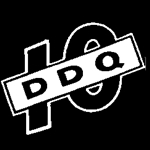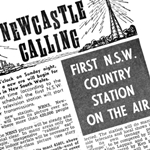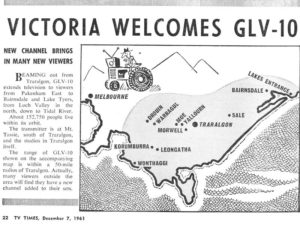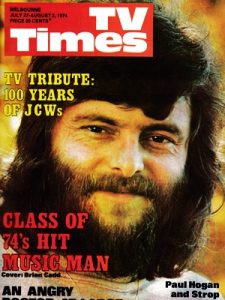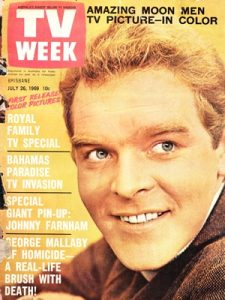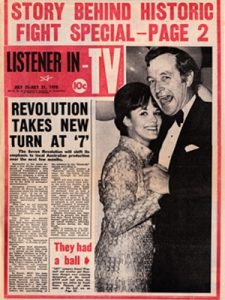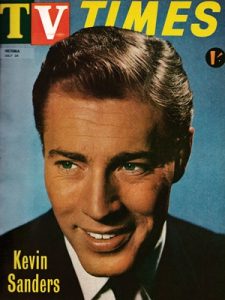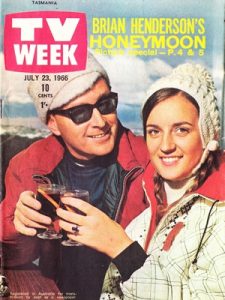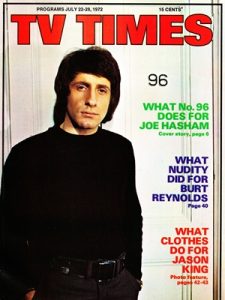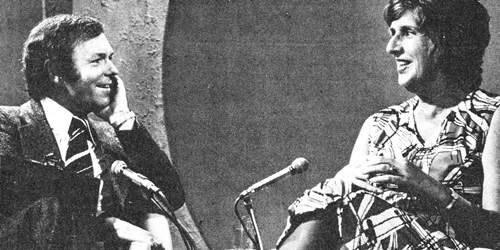
Continuing this week’s theme of the top 60 shows from Australian television over 60 years. See also Part I, Part II, Part III, Part V and Part VI.
30. We Can Be Heroes (ABC, 2005)
Comedian Chris Lilley had a stand out hit when he played not one but all six lead characters vying for the title of Australian of the Year in this mockumentary-style comedy.
29. The Project (Ten, 2009-)
It’s a delicate balance to get news and comedy to work together, but The Project has emerged as a success. It perfectly typifies the Network Ten brand of youth and provides an alternative to traditional news and current affairs. It will make laughs of the news but also explores more serious social topics. Two of the show’s hosts, Carrie Bickmore and Waleed Aly, have won TV Week Gold Logies.
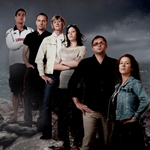 28. Go Back To Where You Came From (SBS, 2011-2012, 2015)
28. Go Back To Where You Came From (SBS, 2011-2012, 2015)
The asylum-seeker debate has always been a controversial one in Australia, and SBS had huge ratings and critical success (including coverage in The New York Times) in taking six outspoken Australians — most of whom were against the settlement of refugees — on a journey to see just what makes these people leave war-torn countries in unstable and unsafe vessels in the hope of starting a new life in a distant land.
27. Spicks And Specks (ABC, 2005-2011, 2014)
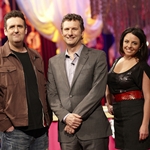 The seemingly simple format of quizzes and games with a music theme was to be a hit for ABC, largely due to the chemistry between host Adam Hills and team captains Myf Warhurst and Alan Brough, but also via its stream of guest artists representing a Who’s Who of comedians and the music industry from Australia and overseas spanning multiple generations. ABC revisited the format a few years later with a new host and team captains but never quite matched the chemistry or popularity of the original.
The seemingly simple format of quizzes and games with a music theme was to be a hit for ABC, largely due to the chemistry between host Adam Hills and team captains Myf Warhurst and Alan Brough, but also via its stream of guest artists representing a Who’s Who of comedians and the music industry from Australia and overseas spanning multiple generations. ABC revisited the format a few years later with a new host and team captains but never quite matched the chemistry or popularity of the original.
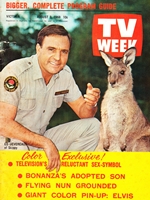 26. Skippy The Bush Kangaroo (Nine, 1968-1970)
26. Skippy The Bush Kangaroo (Nine, 1968-1970)
What began as a children’s adventure series was to become an icon of Australian culture as Skippy was soon exported to over 100 countries and dubbed into various languages. Ninety-one episodes saw Skippy (pictured with Ed Devereaux) tackle villains and cope with all manner of challenges with human-like ease and intelligence. Almost 50 years since its debut the show is still going in re-runs on the Nine Network.
25. The Comedy Company (Ten, 1988-1990)
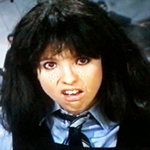 The Melbourne comedy scene in the 1980s was to be a breeding ground for the renaissance of Australian TV comedy in the late 1980s. Melbourne’s HSV7 had a short-lived sketch comedy series, The Eleventh Hour in 1985, that would form the origin of what would emerge three years later as The Comedy Company. Originally launched in a low-profile Tuesday timeslot, Network Ten took a gamble and shifted the show to 7.30pm Sunday — the most competitively intense timeslot of the week. It was a gamble that paid off handsomely and the irony in big-budget shows like 60 Minutes being knocked off by a cheap studio-based comedy was not missed. The characters of The Comedy Company became suburban heroes — with the likes of Col’n Carpenter, Con The Fruiterer, Uncle Arthur and Kylie Mole (pictured) — and triggered a whole new breed of Australian TV comedy.
The Melbourne comedy scene in the 1980s was to be a breeding ground for the renaissance of Australian TV comedy in the late 1980s. Melbourne’s HSV7 had a short-lived sketch comedy series, The Eleventh Hour in 1985, that would form the origin of what would emerge three years later as The Comedy Company. Originally launched in a low-profile Tuesday timeslot, Network Ten took a gamble and shifted the show to 7.30pm Sunday — the most competitively intense timeslot of the week. It was a gamble that paid off handsomely and the irony in big-budget shows like 60 Minutes being knocked off by a cheap studio-based comedy was not missed. The characters of The Comedy Company became suburban heroes — with the likes of Col’n Carpenter, Con The Fruiterer, Uncle Arthur and Kylie Mole (pictured) — and triggered a whole new breed of Australian TV comedy.
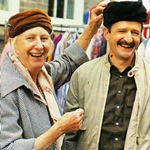 24. Mother And Son (ABC, 1984-1994)
24. Mother And Son (ABC, 1984-1994)
The comic tale of a geriatric mother in the care of her often-frustrated son ran for six series over ten years. Ruth Cracknell, as the confused but still crafty Maggie Beare, and Garry McDonald as son Arthur were a winning pair supported by Henri Szeps and Judy Morris, and scripting by Geoffrey Atherden.
23. The Mike Walsh Show (Ten/Nine, 1973-1985)
In the early 1970s Mike Walsh (pictured top with Margaret Whitlam) sought to prove that housewives and retirees, who made up the majority of daytime TV audiences, deserved better content in daytime TV than re-runs, cheap game shows and segments on housekeeping. The Mike Walsh Show not only brought variety to afternoons but also frank and open discussion about all manner of social topics, including everything from politics to sex to immigration. Among its stable of regulars were Jeanne Little, John Michael Howson, Dr James Wright and music director Geoff Harvey. Its success — first on the 0-10 Network before going across to Nine in 1977 — saw it earn the type of ratings at midday that many prime time shows would have envied. Ironically when the show itself moved to prime time it didn’t last long, but the daytime format lived on for years to come as Midday.
22. 60 Minutes (Nine, 1979-)
Based on an American format of the same name, 60 Minutes was a multi-million dollar gamble played by Kerry Packer to establish a premium current affairs brand for his Nine Network. Early ratings would have almost justified the axe but Nine persisted and 60 Minutes was soon to become a flagship for the network and its early crew of reporters, including Ray Martin, George Negus and Jana Wendt, became as famous as the stories they covered.
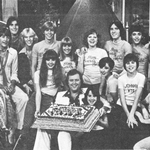 21. Young Talent Time (Ten, 1971-1988)
21. Young Talent Time (Ten, 1971-1988)
It was camp, it was cheesy and it wasn’t overly original, but Young Talent Time managed to strike a chord with kids and families across Australia. Featuring ’60s pop star Johnny Young leading a cheery bunch of junior performers, Young Talent Time took kids from suburbs and turned them into seasoned performers, with Debra Byrne, Tina Arena and Dannii Minogue among its most famous alumni — although in the ’70s its biggest star was teenager Jamie Redfern, who ended up touring the US under the wing of legendary performer Liberace. The nostalgia from the original saw Ten revive the format in 2012 but the new Young Talent Time lacked the charm of the original and limped off air after its three month season was completed.
